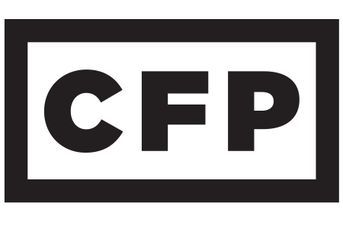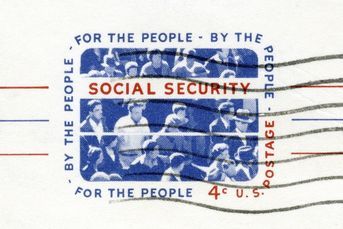Finra’s disclosure on use of fine money a good first step to more transparency

More openness about its finances is welcome and may be a precursor to greater disclosure about other areas of its operations.
The Financial Industry Regulatory Authority Inc. is to be applauded for revealing for the first time how it uses the money it collects in fines.
This is the latest in a series of steps Finra has taken as it moves to improve transparency, something members have long urged. In fact, members have criticized the regulator in the past for failing to reveal what it does with the millions of dollars in fines it takes in every year.
This lack of disclosure has fed suspicion that Finra uses fines to bulk up its revenues, although the regulator denies it.
The five-page report showed that Finra took in $64.9 million in fines in 2017, a big drop from the $173.8 million it collected in 2016. It was the lowest amount collected since 2013.
Finra says it uses the fine revenue only for “nonrecurring strategic expenditures that promote more effective and efficient regulatory oversight by Finra (including leveraging technology and data in a secure manner)” that enable improved compliance by member firms.
It also uses the fine proceeds to educate investors, promote compliance by member firms through education and compliance resources, and train its employees in the markets, products and businesses it regulates.
Some of the revenues are used to replenish reserves when they drop below “levels reasonably appropriate” to preserve Finra’s long-term ability to fund its regulatory obligations.
In its report, the regulator provided examples of how fine money was used in 2017. For example, it used $7.3 million on technology and related projects “to expand the use of our analytics of purchases and sales blotters for trading activity,” to enhance its analytics of disciplinary histories to better identify high-risk brokers and firms.
It spent $8.1 million to improve the technology that supports the examination and risk monitoring platform used by all Finra examiners.
It invested $6.2 million to adapt the Trade Reporting and Compliance Engine (TRACE) system to accommodate the reporting of secondary-market transactions in Treasury securities.
Perhaps the most intriguing investment was $7.9 million to enhance its ability to develop and run sophisticated computer programs to detect a wide variety of compliance issues and suspicious conduct across markets. This initiative also accelerated the development of machine learning, which will allow algorithms to train themselves to identify instances of behavior of interest.
Finra used $3.9 million to enhance the systems used to detect fraud and insider trading, and $6.2 million to support ongoing modernization of the system it uses to manage market regulation cases.
At the same time, the regulator released its annual financial report, which showed that its operating revenue dropped to $828.1 million from $844.6 million in 2016, and its net income declined to $41.6 million from $57.7 million. Although expenses also declined, it suffered a net operating loss of $73.3 million compared with a profit of $12.4 million in 2016. The loss was offset by improved investment returns.
The report on the use of fine proceeds, together with the annual report, provide an answer to brokers who last year, in response to an InvestmentNews survey, complained that Finra was not transparent about its finances.
Brokers and others complain that Finra also lacks transparency in other ways — for example, its meetings are not open to the public, and it is not subject to the Freedom of Information Act. But more openness about its finances is welcome and may be a precursor to greater transparency about other areas of its operations.
Learn more about reprints and licensing for this article.








